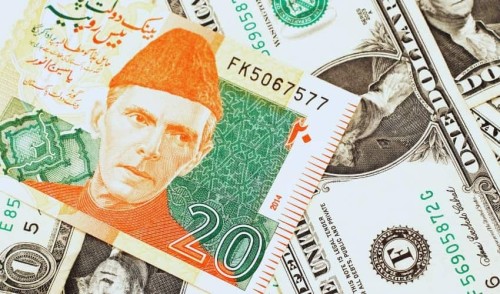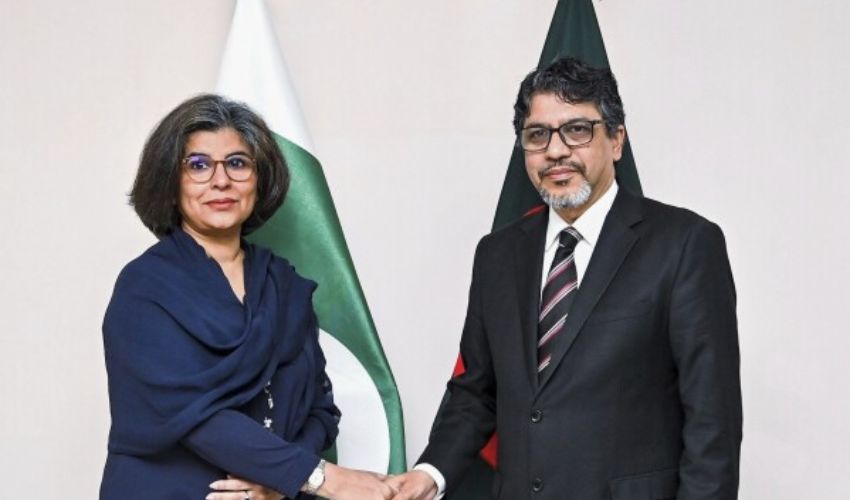In a relentless surge, the value of the US dollar against the Pakistani rupee continued to rise, reaching an unprecedented high of Rs330 in the open market on Monday (today).
On the first day of the business week, the interbank market saw the dollar’s value increase by 53 paisas, while in the open market, it surged by 2 rupees.
The staggering climb to Rs330 in the open market is a new record that has left traders and the public grappling with the implications.
Last week had witnessed a slight dip in the dollar’s value in the interbank market, as it had depreciated by 7 paisas, closing at Rs305.47 according to the State Bank of Pakistan (SBP).
However, the respite was short-lived as the dollar bounced back, reaching an all-time high of Rs305.54 in the interbank market, surpassing the previous week’s high of Rs301.
The open market also experienced a surge, closing at Rs328, an increase of 5 rupees.
Economists are attributing this rise in the dollar’s value to various factors. Firstly, the conclusion of the International Monetary Fund (IMF) standby program has led to increased pressure on the dollar, with imports and exports being impacted.
Additionally, external payments made in July further contributed to the dollar’s appreciation.
Reasons behind surge
The reasons behind the dramatic surge in the dollar rate are multifaceted, reflecting a confluence of domestic and international factors.
Economists point to several key drivers:
Inflationary pressure: Pakistan has been grappling with high inflation for a considerable period, driven by a surge in global commodity prices and domestic economic challenges. This inflationary pressure has eroded the purchasing power of the Rupee, making it weaker against the dollar.
Balance of payments crisis: The country’s balance of payments has been under strain, with a persistent current account deficit. This deficit means that Pakistan is importing more than it is exporting, necessitating foreign currency reserves to meet its external obligations.
Monetary policy: The monetary policy pursued by the State Bank of Pakistan (SBP) has also come under scrutiny. Some argue that the SBP’s decision to maintain a relatively high interest rate has made the Rupee less attractive to investors.
The soaring exchange rate serves as a stark reminder of the economic challenges that Pakistan must confront in the coming months.
As the nation grapples with this currency crisis, the focus will be on policymakers to implement effective measures to stabilize the Rupee and steer the economy towards a more sustainable path.



























